Table of Contents
List of EcoBoost Equipped Vehicles
Popular Transmission Options
Engine Mounting
Fueling
Driver Display
Oiling/Cooling
PCV Systems
Turbochargers
Being direct injected, the Ecoboost family has two sides to the fuel equation. Low side and high side pressure work in tandem to deliver the correct pressures to the injectors. The low side is what you would typically expect in any automotive application. The in tank pump delivers fuel to the regulator like normal. Any in take pump will accomplish this task but we typically like to recommend AEMs 320 or 340LPH fuel pumps as they are a standard go to for many applications and they just work. Any vaccum referenced regulator will also work as long as its set to 65 psi and its vacuum line(s) are routed approporiately. There are other setups which have worked in the past but we feel the best results are with this setup.
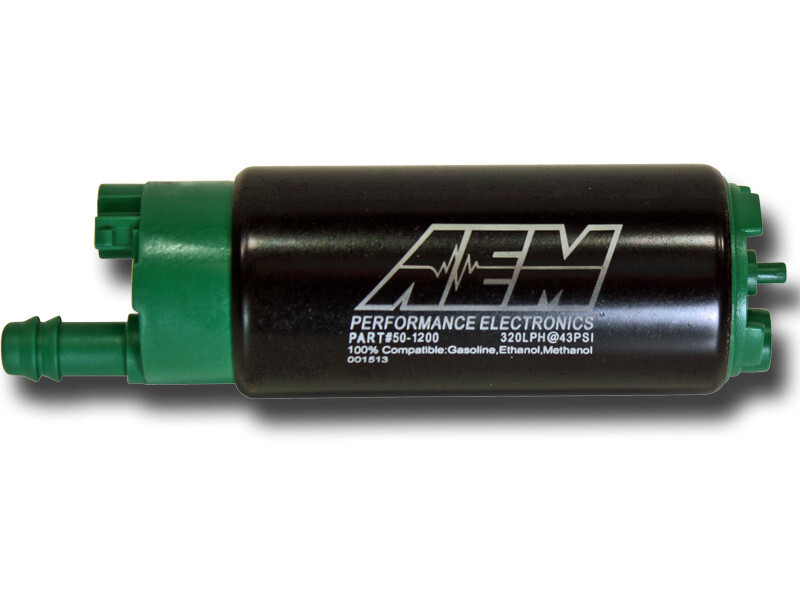
The high pressure portion of the fuel system is typically where the 'common knowledge' of systems in the past break down. The regulator (supplying a base of 65psi) feeds the cam driven high pressure fuel pump which raises the pressure by several thousand PSI depending on application. These high pressure fuel pumps come in two distinct types and are not interchangable without further modification.
Found on the Gen 1 2.0T exclusively, the three lobe pump is likely the least common available. The term 'three lobe' is simply referring to the cam profile that drives the pump. The early 2.0T had a three lobe design, all other four cylinder Ecoboosts have a four lobe design. If upgrading this, it is crucial that you select a HPFP that is compatible with the three lobe design. Ultimately this would mean purchasing components designed for the Focus ST. This may make fitment slightly difficult depending on your swap. There are forum guides on upgrading an early 2.0T to the four lobe design but given the bolt-on nature and performance of upgrade kits, this doesn't seem worth the effort.
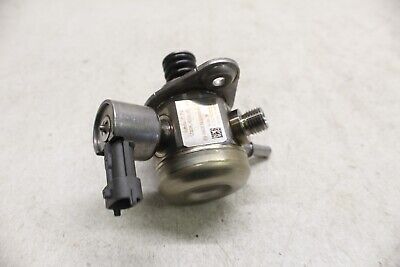
More common as it is found on the 2.3T and Gen 2+ 2.0T is the four lobe design HPFP. It is nearly identical to the three lobe pump except its design allows it to push around 700 more psi to accomodate the difference in displacement and turbocharger. It is critical when upgrading you select a HPFP that is compatible with the three lobe design. Depending on your application an Ecoboost Mustang or Focus RS upgrade kit would be the best option for you.
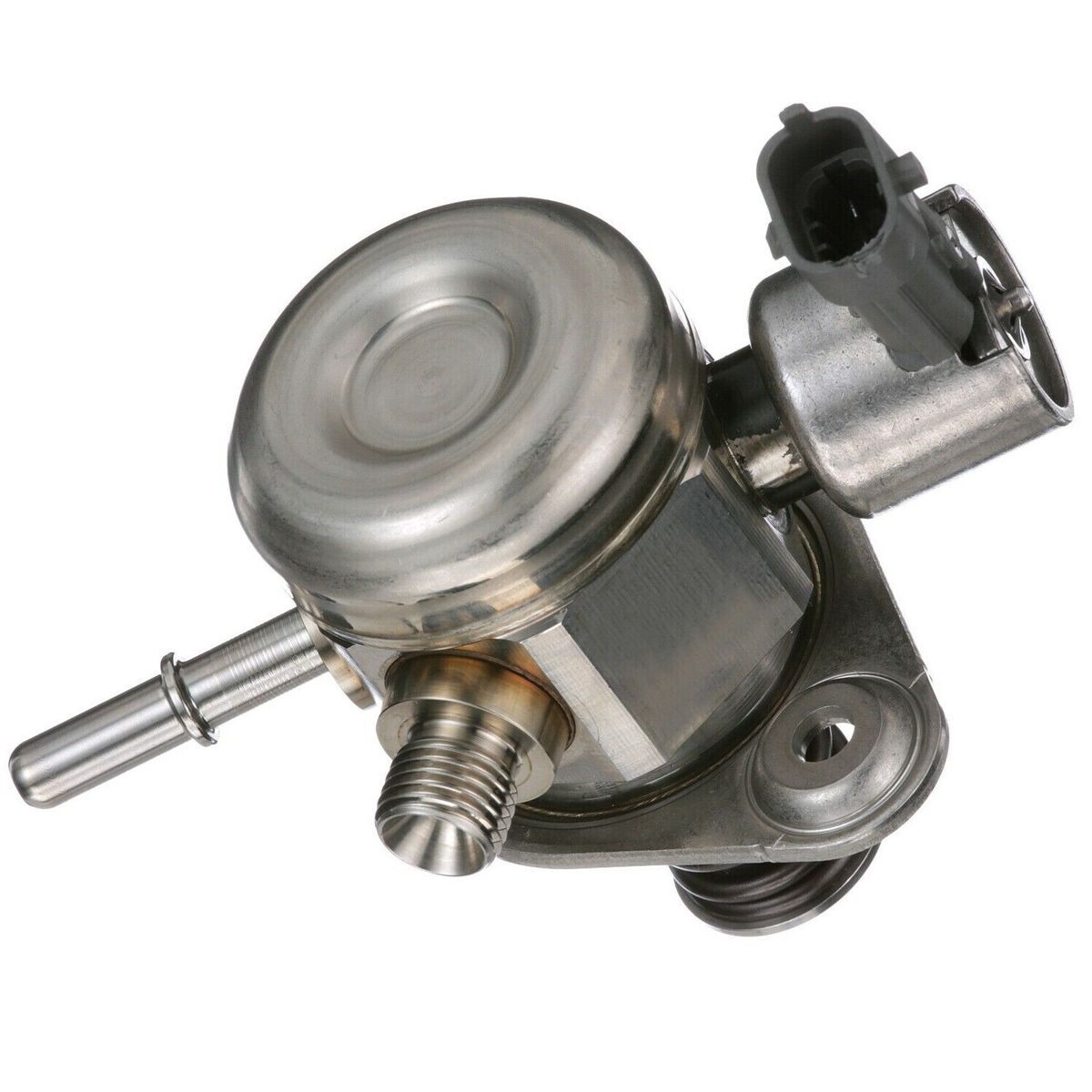
Upgrading the high pressure fuel pump is a job most can complete in under half an hour and in the case of Nostrum’s Ecoboost Mustang HPFP upgrade nets a 63% increase in flow over the OEM pump! When paired with their injector upgrades, you quickly find yourself with a fuel system ready to tackle the demands of a 700whp engine without any complicated wiring, secondary controller tuning or the need to run fuel lines and an additional pump. Upgrading these components means that your OEM ECU is still the only source of information for your fueling solution. The ease of tuning for an upgraded HPFP and injectors usually means all your project would need is a revision from your tuner to account for the higher flow.
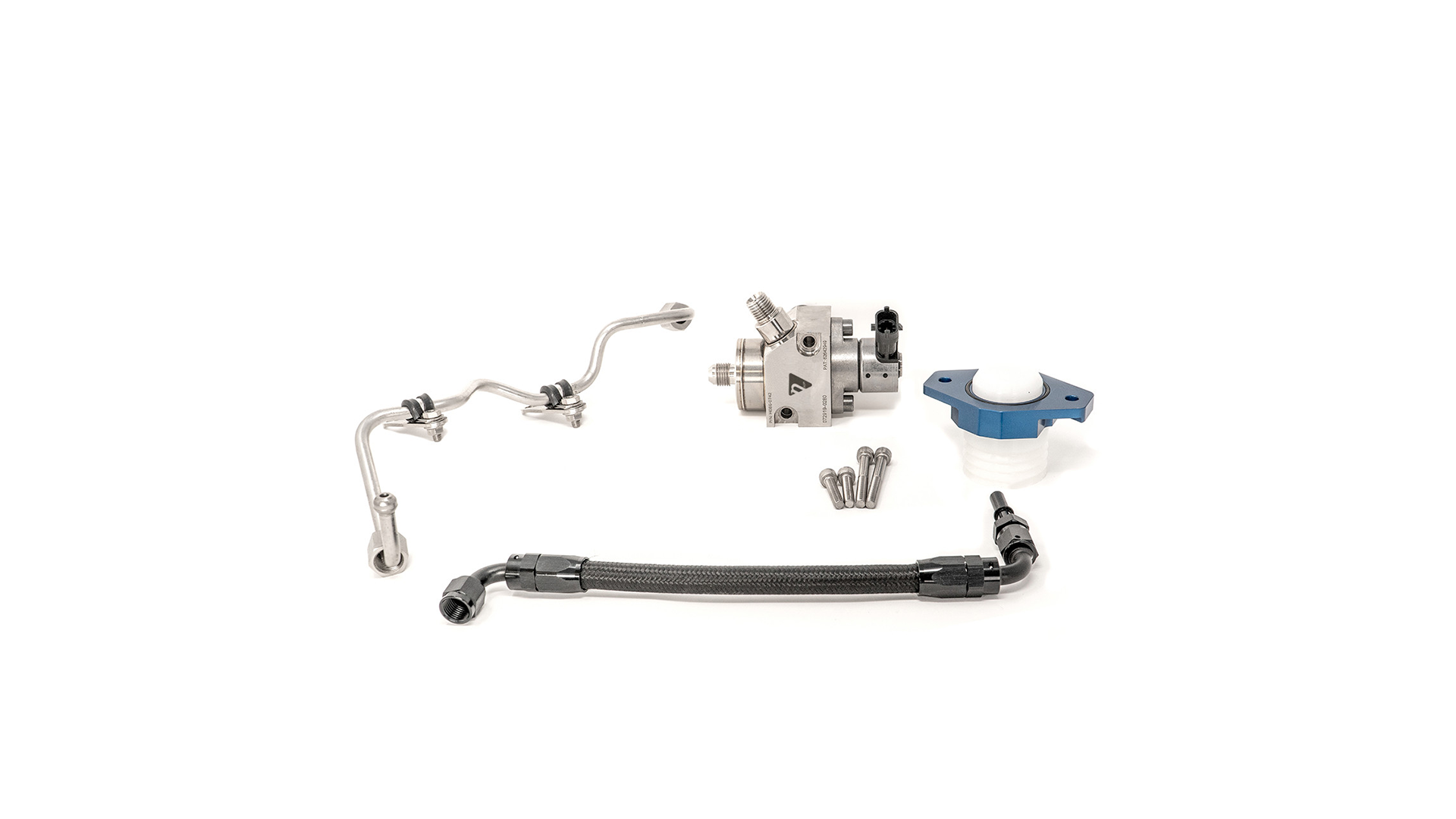
In previous years, many enthusiasts have turned to auxiliary fuel systems in order to overcome the hardware limitations of Ford’s factory components. This typically involves installing port injectors in between the throttle body or intake manifold. Exact timing is achieved with additional controllers such as Split Second that are designed to operate in conjunction with the OEM ECU. This has a host of benefits such as cleaning intake valves similar to an OEM dual injection fuel system, upgradability to larger port injectors and an initial lower cost. However, the complexity of the install and reliance on a secondary controller with very little data from the ECU makes this difficult to recommend for many. If the secondary controller or any wiring were to fail, it could spell disaster for your project. However, if your project is running a standalone ECU capable of controlling both direct and port injection, this could be a viable choice for fueling upgrade.
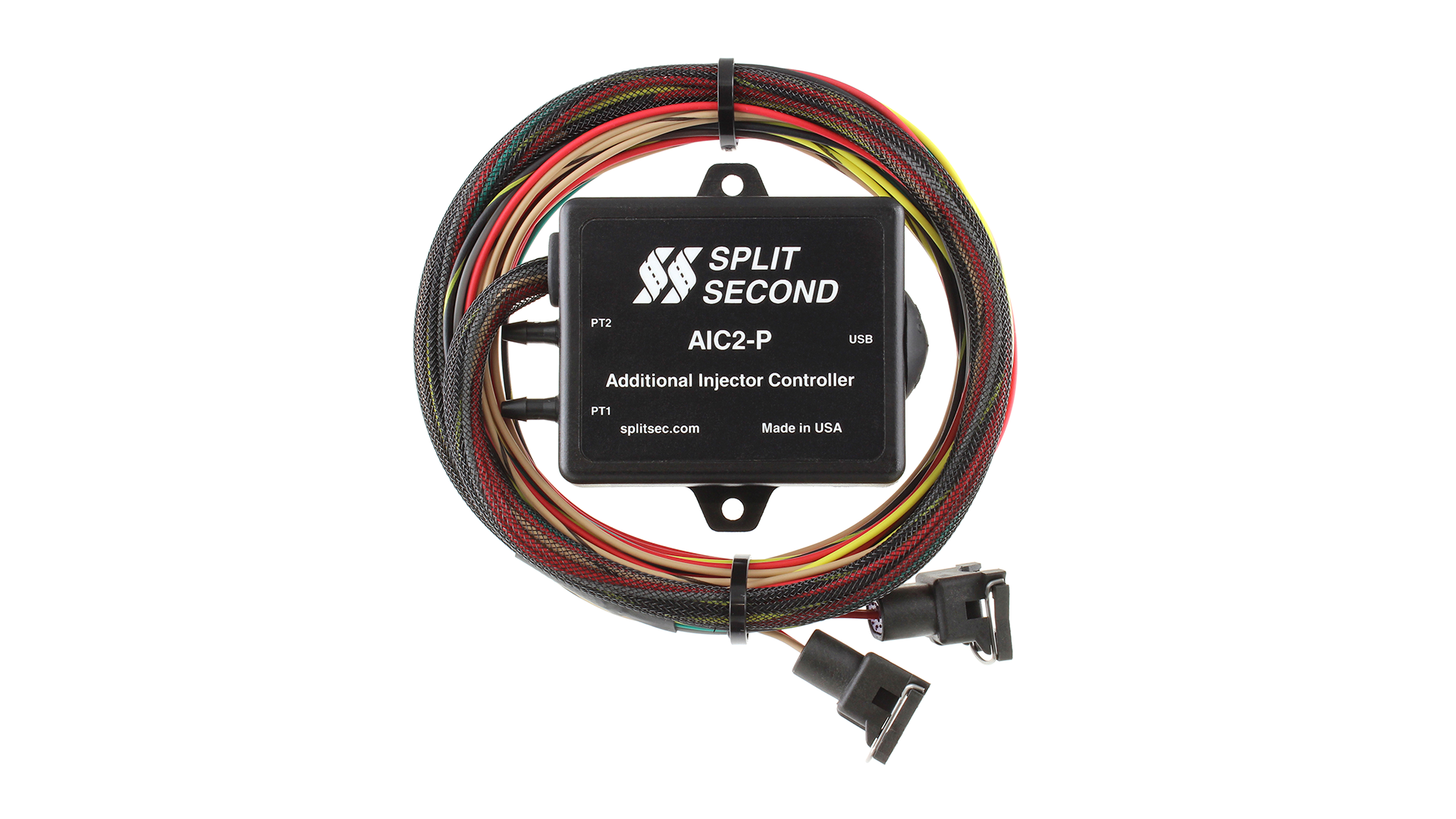
Have further questions we didn't answer above? Contact us today!
